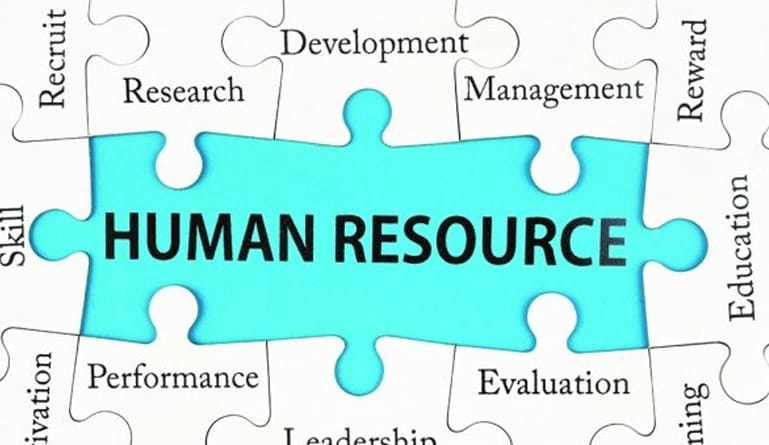
Stages in the
development of human resources management in countries such as Australia and
Asia Pacific Region have evolved in similar patterns to that of USA and UK,
with differences in the stages of developments and relative impact of social,
economic, political and industrial relations elements. In the USA development
of HRM the early emphasis is based on administrative activities, directed by
senior management (Chukwunonso, 2013).
Academics suggest that later there was a more confident move towards business oriented and professional approach towards 1980’s and 1990’s. In the UK however there was more early emphasis on the welfare roles of personnel practitioners cause due to high early capitalist industry, strong humanitarian movement and development of trade unions.
In Asia, it is a blend of administrative, paternalistic, cooperative, and business-focused HRM that varies between countries depending on their cultures, stages of development, extent of government intervention in the economy and industrial relations systems (Nankervis, Chatterjee & Coffey, 2011).
Academics suggest that later there was a more confident move towards business oriented and professional approach towards 1980’s and 1990’s. In the UK however there was more early emphasis on the welfare roles of personnel practitioners cause due to high early capitalist industry, strong humanitarian movement and development of trade unions.
In Asia, it is a blend of administrative, paternalistic, cooperative, and business-focused HRM that varies between countries depending on their cultures, stages of development, extent of government intervention in the economy and industrial relations systems (Nankervis, Chatterjee & Coffey, 2011).
Australia show, HRM
developed through the following general stages. a) Stage one (1900–1940s):
administration stage b) Stage two (1940s–mid-1970s): welfare and administration
stage c) Stage three (mid-1970s–late 1990s): human resource management and
strategic human resource management (SHRM) stage d) Stage four (Beyond 2000):
SHRM into the future
Contemporary Human
Resource Management (HRM) show a radically different image from its ancestor,
Personnel Management (PM). The main differences between HRM and PM are shown in
the table below:
Differences between
Personnel Management and Human Resource Management
Element
|
Personnel
Management
|
Human Resource
Management
|
Tine and
Planning Span
|
Short
term oriented, reactive, unplanned, marginal
|
Long
term, proactive, strategic, integrated
|
Employer
/Employee Relations
|
Compliance
Pluralist,
collective, low trust
|
Commitment
Unitarist,
individual, high trust
|
Preferred structure/system
|
Bureaucratic/mechanistic,
centralized, formal/defined roles
|
Organic,
devolved, flexible roles
|
Roles
|
Specialized/professional
|
Largely
integrated into line management
|
Evaluation
|
Cost
minimization
|
Maximum
utilization (human asset accounting)
|
Source: Adapted from
Guest, (1987) ‘Human Resource and
Industrial Relations’, Journal of Management Studies, 24 May, p. 507.
However today, HRM
functions, roles and profession has majorly changed. Scholars suggest that
Work, Workforce and Work place has changed due to various reasons such as
technology change and globalization of firms (Megatrends, 2013).
Other scholars are of the view that HRM evolution can be viewed from four stages they are 1. The Industrial Era of HR, 2. Post FLSA Era refereeing to the fair labor Standards Act of 1938 in reference to USA, 3. 21st Century HR, and 4. Information Age of HR (Davoren, 2018) This will be discussed in the next blog.
Other scholars are of the view that HRM evolution can be viewed from four stages they are 1. The Industrial Era of HR, 2. Post FLSA Era refereeing to the fair labor Standards Act of 1938 in reference to USA, 3. 21st Century HR, and 4. Information Age of HR (Davoren, 2018) This will be discussed in the next blog.
References:
1. Davoren, J. (2018)
"The Four Main Stages of How HR Has Evolved Over the Years." Small
Business - Chron.com, http://smallbusiness.chron.com/four-main-stages-hr-evolved-over-years-63019.html.
2. Megatrends
(2013) the trends shaping work and work lives, CIPD Megatrends. CIPD UK.
3. Guest, D.E., (1987) Human Resource
Management And Industrial Relation. Journal of Management Studies.
4. Chukwunonso, F., (2013). The Development Of Human Resource Management
From A Historical Perspective And Its Implications For The Human Resource
Manager. in Strategic Human Resource Management at Tertiary Level. Rivers
Publisher. 87-101.
5. Nankervis, A., Compton, R., Baird,
M., and Coffey, J., (2011), Human
Resource Management: Strategy and Practice, 7th Edition Cengage Learning Australia Pty Limited.


Nice flow of ideas. Good essay with latest references. Keep continuing !
ReplyDeleteThanks so much
ReplyDeleteGood referencing with mix of ideas. Keep it up
ReplyDeleteWell written with a nice flow, well done
ReplyDeleteArticle is informative & good flow of writing.
ReplyDeleteWell written . Keep up the good work
ReplyDeleteYou have done a good job. Good references
ReplyDeleteYou have discussed very interesting topic. Keep it up good work
ReplyDeleteWell explained article and nice arrange flow.
ReplyDeleteThanks All.
ReplyDelete